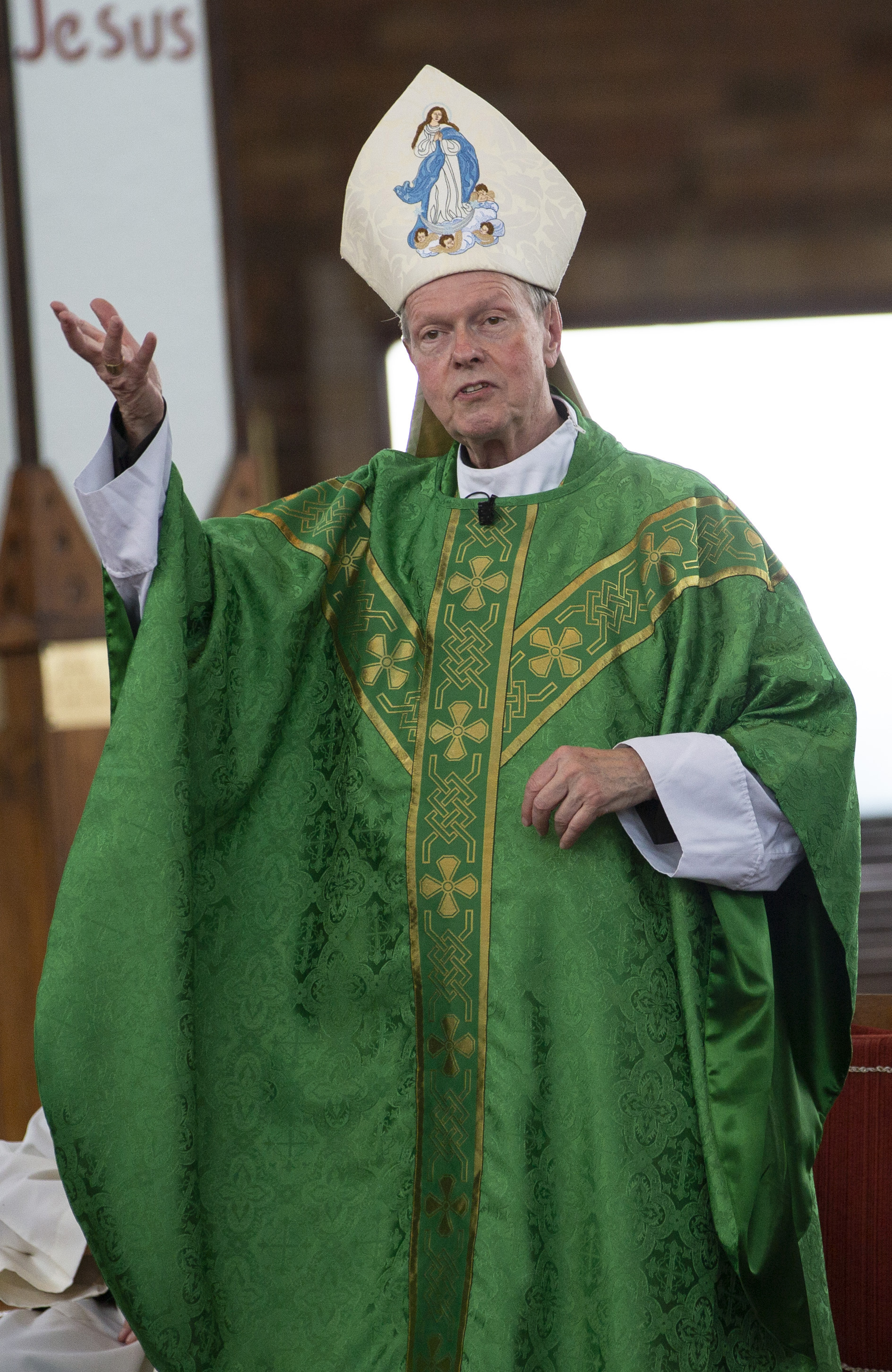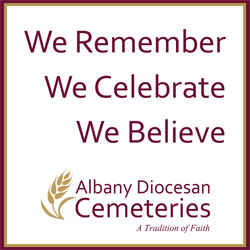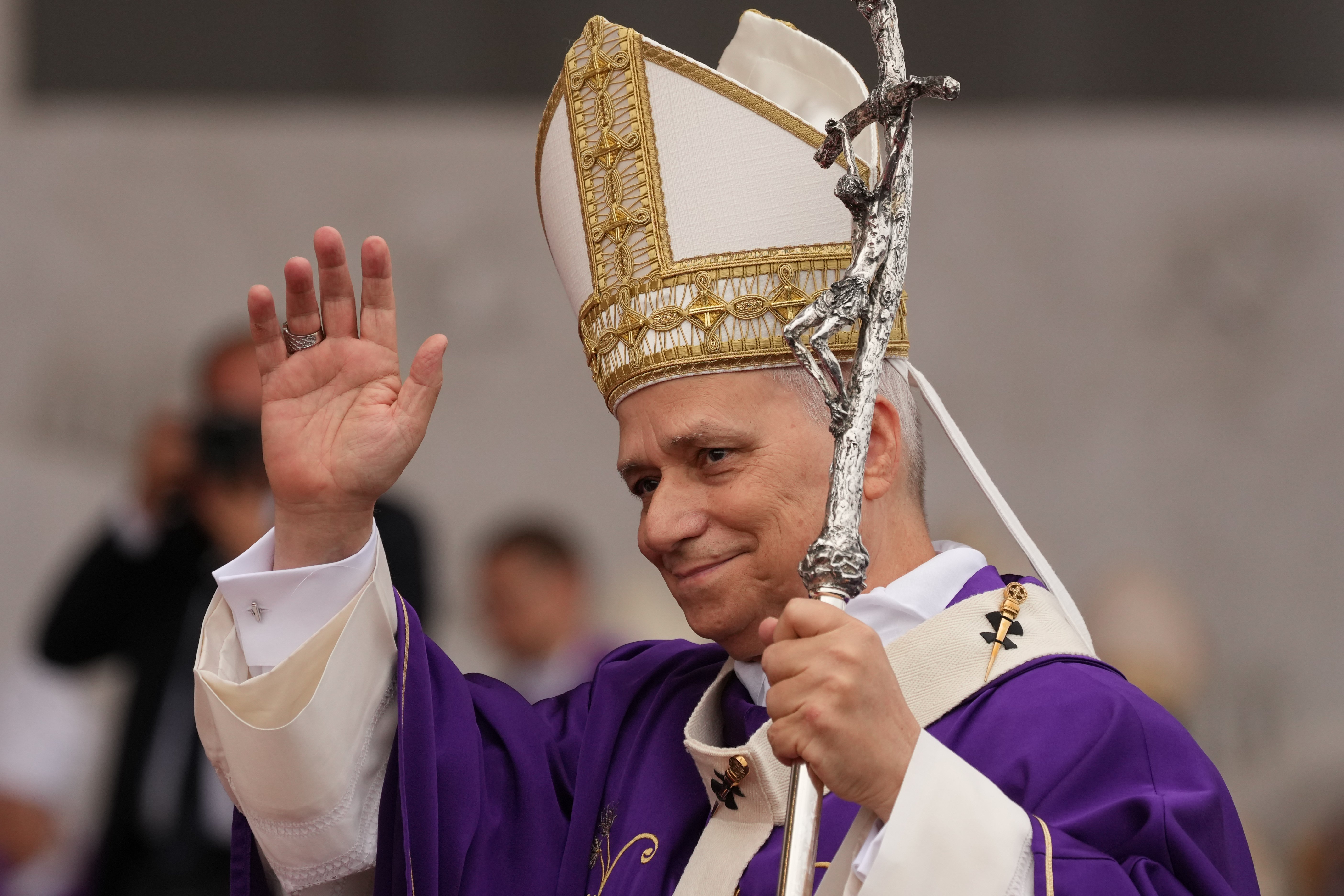August 6, 2025 at 11:58 a.m.
The ‘old Mass’ and the ‘new Mass’
A lot of Catholics talk about the differences between the “old Mass” (the Tridentine Rite) and the “new Mass” (the Novus Ordo). Many express criticism of one or another, or even all the elements of the “new.” I thought it would be interesting to look again at just what the old Mass was really like in the early centuries of the Church. St. Justin Martyr wrote the following account of what the Mass was like, in Rome, in the year 150 AD:
“On the day called the Sun Day, all who live in cities or in the country assemble in one place and all the memoirs of the Apostles, which are called the Gospels, or the writings of the Prophets, are read. Then, when the reading has ceased, the one who presides instructs us with his word and admonishes and exhorts us to imitate these good things. Then we all rise together and pray. When the prayer is ended, bread and wine and water are brought forward and the one who presides in like manner offers the thanksgiving (Eucharistic) prayer and the people respond by saying ‘Amen.’ Then there is a distribution to each and a sharing in that order which thanks has been given. Those who are rich and willing give as seems right, and what is collected is deposited with the one who presides in order to help the needy.
“This food is called ‘Eucharist,’ which no one is allowed to share except the one who believes that our teaching is true, has been baptized and who lives as Christ has handed down. We have learned that the food over which thanks has been given by the prayer is the Flesh and Blood of the incarnate Jesus.”
If we read the above carefully, we can see (1) there is a Liturgy of the Word with readings from sacred Scripture, (2) the sermon and homily of the priest, (3) the Prayer of the Faithful (General Intercessions), (4) the Offertory and the bringing of gifts to the altar, (5) the Eucharistic Prayer and the changing of the bread and wine into the Body and Blood of the Lord, (6) the great ‘Amen’ at the end of the Eucharistic Prayer, (7) the reception of Holy Communion by the assembly and, (8) the collection for the community and the needy.
The language that was used at Mass at the time of this writing was Greek! Later, the language changed to Latin, in our time, the vernacular. Despite these changes, it is easy to see that the Mass back then is very much the same as the Mass today in its essence. Mass is centered on the same mystery then and now — the representation of the saving death of the Lord and the Lord’s giving of his own Flesh and Blood as our food. Continuity in essentials is evident throughout the 20 centuries of the life of the Church. The outward liturgical aspects of Mass may have changed over the years, however, the Mass has always been, and will continue to be, the same glorious reality.
Father Morrette is pastor at The Catholic Community of Our Lady of Victory in Troy, Our Lady of the Snow Mission in Grafton and Christ Sun of Justice Parish in Troy.
- Delaware law enforcement, governor, community mourn loss of trooper in fatal shooting
- From Chicago to Peru to Rome, Pope Leo remains ‘one of us,’ say US Catholics
- At home with Jesus
- Priest gets kidney from principal — and love, support, prayers from parishes, students
- Redemptorist priest’s explosive dispatches revealed Vatican II’s hidden conflicts
- Nigerian Catholic Church leaders give mixed reaction to US airstrikes
- US strikes Nigeria targeting Islamic extremists to ‘stop the slaughtering of Christians,’ says Trump
- 2025 brought new pope, new president, and immigration as key issue
- Linger in contemplation at the manger with the Holy Family
- Across the world, Christmas shines even — and especially — in the darkest places








Comments:
You must login to comment.